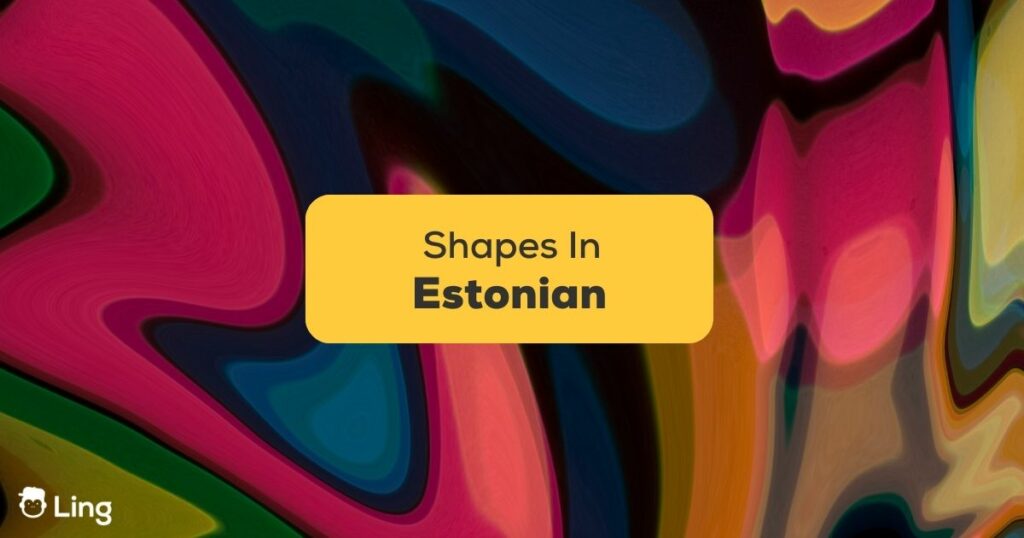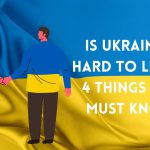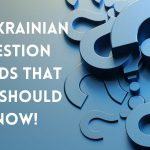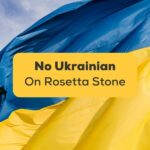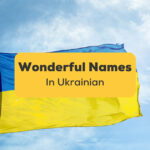If you’re anything like me, you’ve probably wondered about shapes in Estonian and how they fit into this fascinating language. I mean, who wouldn’t be intrigued by the idea of exploring something as universal as shapes from a whole different cultural perspective?
In Estonia, a small but vibrant country known for its stunning landscapes and innovative tech scene, shapes have deep cultural roots that reach far beyond the classroom. They resonate through traditional art, modern design, and even the way people communicate. So whether you’re a geometry guru, a language lover, or just someone curious about different cultures, this article is for you!
So grab a cup of your favorite brew, and let’s embark on this exciting journey together!
What Is “Shapes” In Estonian?
When exploring different languages, we often find that simple concepts like shapes can have intriguing translations. In Estonian, the translation of the word “shape” is “kuju,” and for the plural “shapes,” it’s “kujundid.” These terms might sound unfamiliar and tricky at first, but with some practice and usage, they become quite intuitive.
Here are some sample sentences using “kuju” and “kujundid”:
- Using “Kuju” (Shape):
- English: “The shape of the box is rectangular.”
- Estonian: “Kasti kuju on ristkülikukujuline.”
- Using “Kujundid” (Shapes):
- English: “Children learn about different shapes in school.”
- Estonian: “Lapsed õpivad koolis erinevaid kujundeid.”

Translations For Common Shapes In Estonian
When learning a new language, understanding the words for common shapes can be both exciting and essential. These basic terms are often used in daily conversation and can be particularly helpful if you find yourself in a situation where you need to describe objects. In Estonian, you’ll discover some interesting translations of the shapes we use every day.
Below is a table showing some common shapes in English and their Estonian counterparts:
| English | Estonian |
|---|---|
| Circle | Ring |
| Triangle | Kolmnurk |
| Square | Ruut |
| Rectangle | Ristkülik |
| Oval | Ovaal |
| Star | Täht |
| Pentagon | Viisnurk |
| Hexagon | Kuusnurk |
| Octagon | Kaheksanurk |
| Rhombus | Romb |
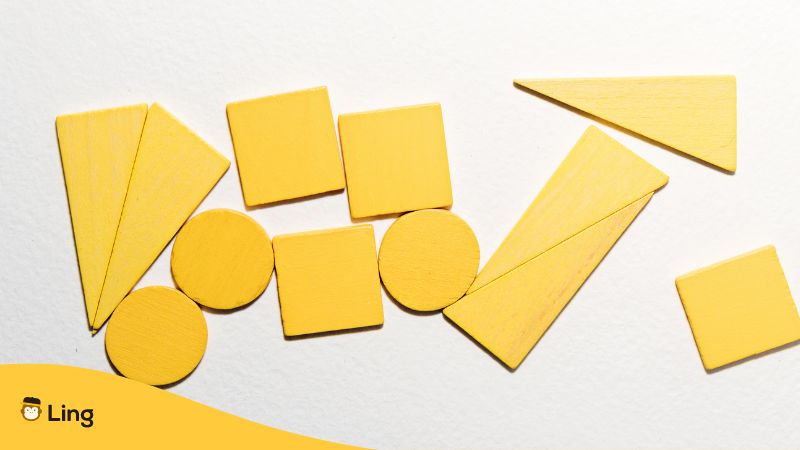
Other Translations For Shapes In Estonian
Estonian, like many languages, doesn’t just limit itself to basic geometrical figures. There are terms for more advanced and complex shapes, reflecting the richness and depth of the language. Whether you’re delving into mathematics, architecture, design, or simply enjoying the intricacies of the language, these advanced shapes might capture your interest.
Here’s a glimpse into some of the more advanced shapes in Estonian:
| English | Estonian |
|---|---|
| Parallelogram | Rööpkülik |
| Trapezoid | Trapets |
| Ellipse | Ellips |
| Hyperbola | Hüperbool |
| Parabola | Parabool |
| Fractal | Fraktaal |
| Torus | Toroid |
| Helix | Keerme |
| Dodecahedron | Dodekaeder |
| Icosahedron | Ikosaeder |
Basic Sentence Structure In Estonian For Using Shapes
Understanding the words for shapes is one thing, but knowing how to use them in sentences requires a bit more practice with the structure of the language. Estonian might seem complex at first, but with some basic guidelines, you can start constructing simple sentences that incorporate the shapes we’ve discussed.
Here are some basic patterns you can follow:
- Describing the shape of an object:
- English: “The [object] has the shape of a [shape].”
- Estonian: “[Objekt] on [kuju] kujuline.”
- Example: “Kasti on ruut kujuline.” (The box is square-shaped.)
- Comparing shapes:
- English: “The shape of [object1] is similar to [object2].”
- Estonian: “[Objekt1] kuju on sarnane [objekt2]-ga.”
- Example: “Rõnga kuju on sarnane ringiga.” (The ring’s shape is similar to a circle.)
- Talking about learning shapes:
- English: “Children learn about [shape] in school.”
- Estonian: “Lapsed õpivad koolis [kuju].”
- Example: “Lapsed õpivad koolis kolmnurka.” (Children learn about triangles in school.)
- Describing complex shapes:
- English: “This structure is a combination of [shape1] and [shape2].”
- Estonian: “See struktuur on [kuju1] ja [kuju2] kombinatsioon.”
- Example: “See struktuur on ringi ja ruudu kombinatsioon.” (This structure is a combination of a circle and a square.)
By understanding these sentence patterns, you can start to incorporate the shapes into your conversation or writing in Estonian. As you become more comfortable, you’ll be able to form more complex sentences and express yourself with ease. Isn’t language learning an exciting journey? Now, go ahead and try forming some sentences of your own!
Why Bother Learning About Shapes In Estonian?
You might be thinking, “Why should I care about learning the names of shapes in Estonian?” Well, for starters, shapes provide you with the basic vocabulary that can be applied in various contexts, such as art, architecture, mathematics, or even casual conversation. Practically speaking, it can help you communicate with Estonian speakers and describe objects, surroundings, or even explain concepts more clearly. So if you’ll ask me, it’s a wonderful starting point for beginners!
Additionally, shapes often carry symbolic meanings or be part of specific cultural expressions in Estonia. Knowing these can enhance your cultural understanding and appreciation of Estonian traditions and art forms.
Learn Estonian With Ling
So, you’ve dabbled in the fascinating world of Estonian shapes, both basic and advanced. Exciting, isn’t it? But maybe you’ve caught the language-learning bug, and now you want to explore more of the beautiful and unique Estonian language.
Well, here’s your chance! If you’re serious about diving deeper into Estonian, why not give the Ling app a try? With Ling, you can take your learning to the next level and immerse yourself in the language through interactive lessons, engaging exercises, and more.
Whether you’re planning a trip to Estonia, wanting to connect with Estonian-speaking friends, or just looking to challenge yourself with a new language, Ling has got you covered. Download it for free from the App Store or Play Store, and embark on your Estonian language journey today!
